It’s a vehicle, it’s a camper— it’s both! That’s the beauty of an RV. RV motorhomes are convenient because you can just get in and go without having to worry about hitching up a travel trailer. But once you arrive at your campsite, packing up and driving a big rig around for sightseeing and errands can be a little cumbersome. This is why many RVers choose to tow their personal vehicles behind their RV.
RV Motorhomes For Rent Near You
The easiest way to do this is to simply attach a tow bar to your car and hook it up to the RV. Unfortunately, not every car model can be safely flat towed. If you’re looking for the best car to tow behind an RV, check out this list of 10 vehicles that are right for the job.
Choosing the Right Model
Not all cars are cut out for flat towing, at least not without modifications. Though you might have flat-towed cars with ease in the past, today’s models are equipped with parts that make this difficult. The main culprit is a transmission lubrication pump, which supplies oil to the internal transmission mechanisms. If the car in tow isn’t running, then the pump isn’t running. This can result in expensive damage to your transmission system and render your car inoperable.
There are ways around this, such as installing your own lube pump. However, these modifications can be tricky and pricey. Luckily, some vehicle manufacturers have built cars that can be flat-towed on four wheels without having to go through this hassle. It’ll give you less stress and more time for adventuring on your RV trip!
Best RV Tow Cars
Some cars are designed to tow, others are designed to be towed. If you’re searching for the best RV tow car, be sure to consider these ten vehicle models have been approved for flat towing when following manufacturers’ procedures.
1. Chevrolet Tahoe 4WD

Have a big crew to haul around? The Chevy Tahoe is a 3-row, 8 seat full-sized SUV perfect for toting everyone plus gear.
Gas Mileage: 15 mpg city, 21 mpg highway
Towing speed limit: None
Base curb weight: 5,602 lbs.
2. Ford Escape Hybrid

Wanting a smaller, more eco-friendly ride? Check out the Ford Escape Hybrid. This two-row crossover can seat five and still give you some storage space in the back.
Gas Mileage: 44 mpg city, 37 highway
Towing speed limit: 70mph
Base curb weight: 3,554 lbs
3. Ford F-150 4WD

If you prefer driving a pickup truck, the Ford F-150 four-wheel drive is a great option. Both the classic F-150 4WD and F-150 Raptor 4WD are tow-friendly.
Gas Mileage: 18 mpg city, 23 mpg highway
Towing speed limit: None
Base curb weight: 4,343 lbs.
4. Dodge Durango AWD
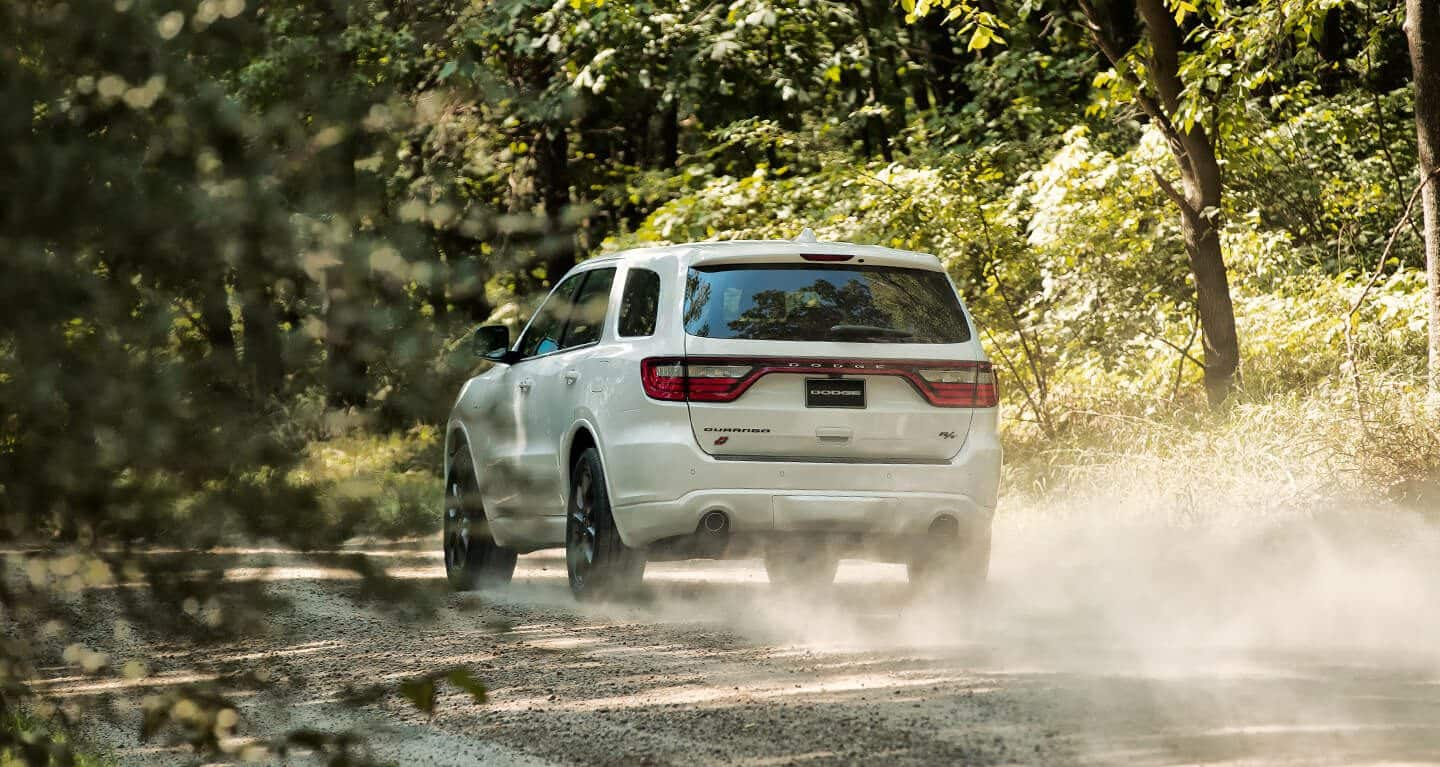
The Dodge Durango AWD is another SUV option with third-row seating if you plan on toting around more than five people.
Gas Mileage: 18 mpg city, 25 mpg highway
Towing speed limit: None
Base curb weight: 4,814 lbs.
5. GMC Sierra 1500 4WD

The Sierra 1500 is another great truck option. The biggest downside to this vehicle is the dismal fuel economy.
Gas Mileage: 15 mpg city, 20 mpg highway
Towing speed limit: None
Base curb weight: 4,730 lbs.
6. Honda Accord Sport

Though there aren’t many, some sedans can be towed behind an RV. These are great if you plan on keeping to paved roads and don’t need a high-clearance vehicle with four-wheel drive capabilities. Keep in mind that only Accords with manual transmissions are suitable for flat-towing.
Gas Mileage: 26 mpg city, 35 mpg highway
Towing speed limit: 65 mph
Base curb weight: 3,155 lbs.
7. Honda Fit
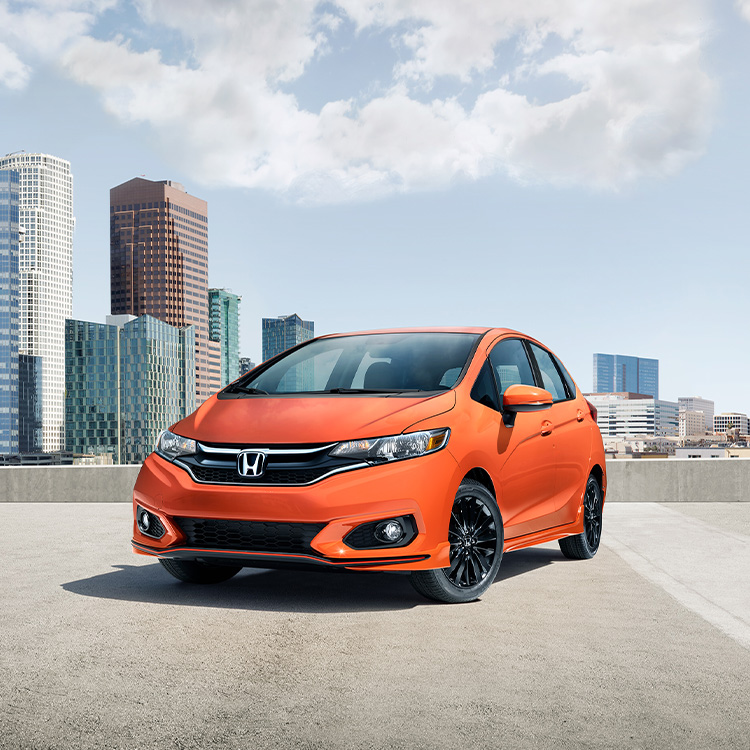
The Honda Fit is the lightest model on the list, making it perfect for RVs with a smaller towing capacity. Like the Accord Sport, Honda recommends that only manual transmission Fits be flat-towed.
Gas Mileage: 29 mpg city, 36 mpg highway
Towing speed limit: 65 mph
Base curb weight: 2,522 lbs.
8. Jeep Wrangler
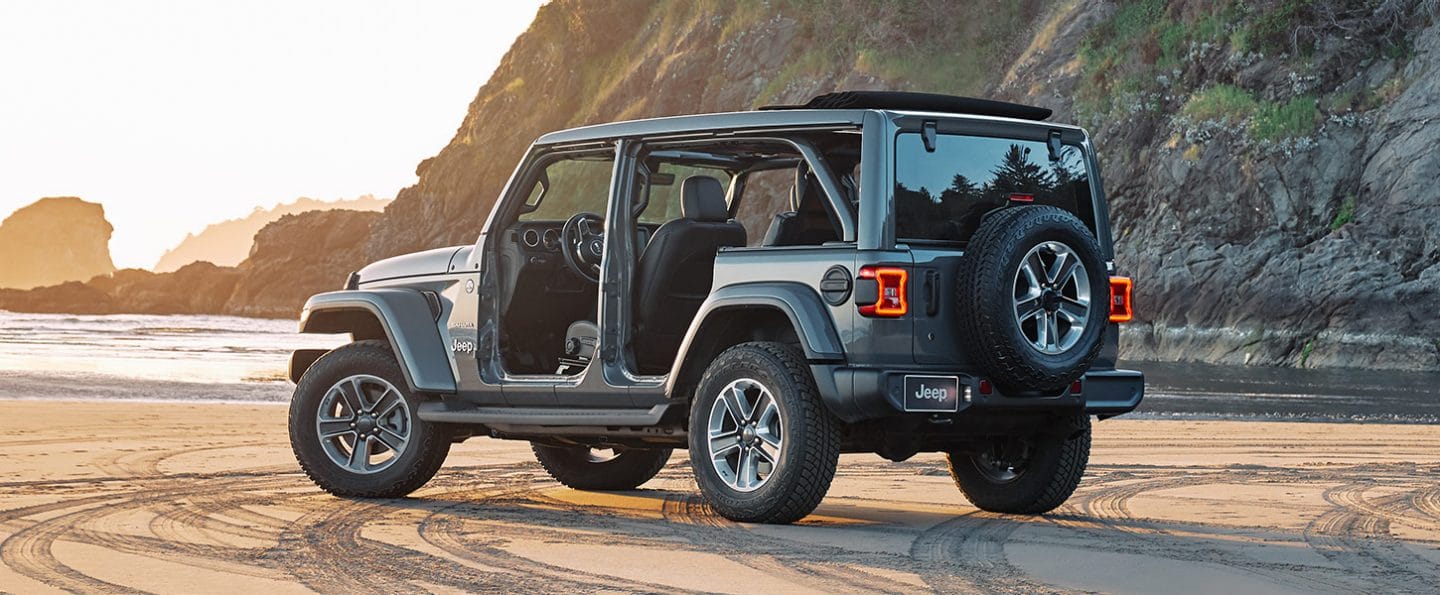
The Jeep Wrangler is a classic tow-behind vehicle. Jeep has made these easy to haul for years, making it a favorite of RVers. Thanks to its rugged terrain capabilities, Jeep Wranglers are great for those looking to get off the beaten track.
Gas Mileage: 22 mpg city, 24 mpg highway
Towing speed limit: None
Base curb weight: 3,948 lbs.
9. Lincoln MKZ Hybrid
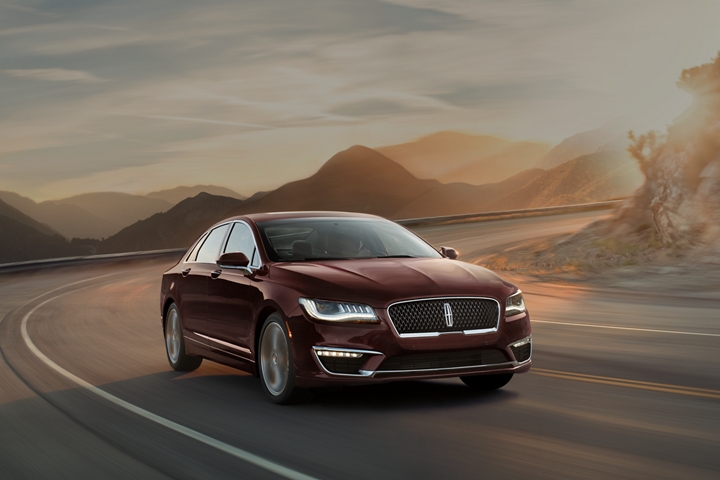
Lincoln MKZ Hybrid. Image source: lincoln.com
Drive around in luxury with the Lincoln MKZ Hybrid. The great gas mileage makes this car perfect if you plan on traveling far from camp for day trips and sightseeing.
Gas Mileage: 42 mpg city, 39 mpg highways
Towing speed limit: 70 mph
Base curb weight: 3,855 lbs.
10. Nissan Versa S
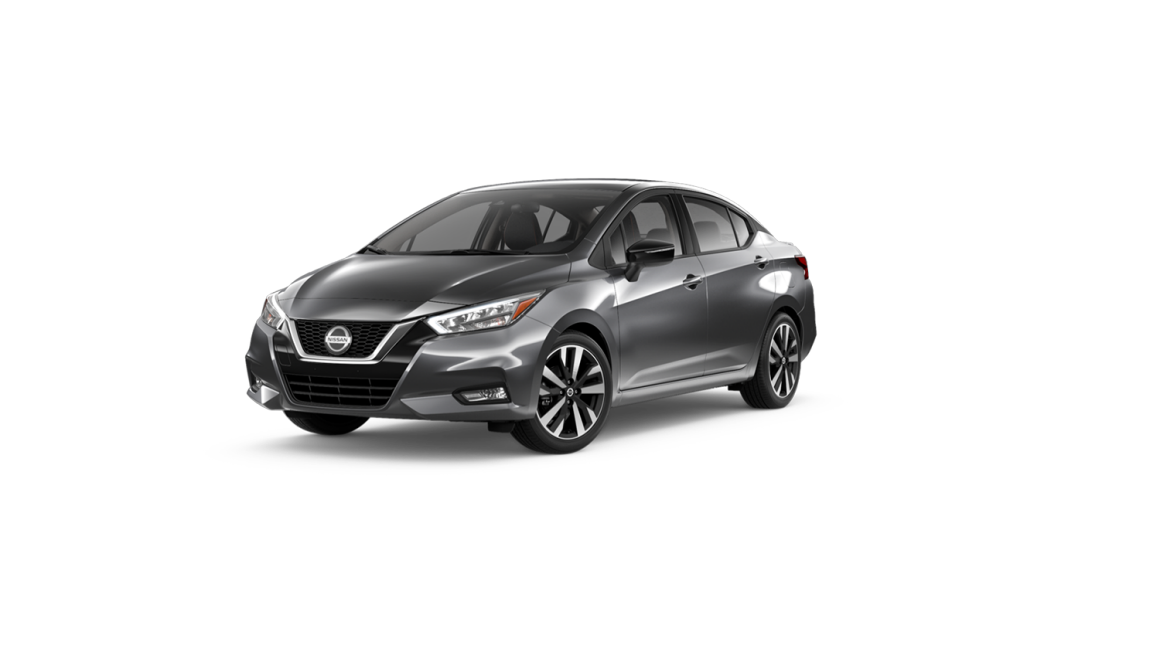
The Nissan Versa S is one of the least expensive cars on the list, making it great for those wanting to purchase their new car on a budget.
Gas Mileage: 27 mpg city, 35 mpg highway
Towing speed limit: None.
Base curb weight: 2,599 lbs.
Keep in mind that just because a certain year model is towable does NOT mean that every year model of that vehicle is. Manufacturers make changes year to year that can change this. When buying a car, be sure to ask about towing, and always refer to your owner’s manual for instructions on how to properly tow.
For a complete list of dinghy towable vehicles, download MotorHome Magazine’s yearly Dinghy Towing Guide.
RV Motorhomes For Rent Near You
Flat Tow vs. Tow Dolly
If your car is not suitable for flat towing, consider investing in a tow dolly. Tow dollies are small, two-wheeled trailers that can tow your car and be pulled behind an RV. Tow dollies allow you to tow your car with the two front wheels off the ground. This is great for front-wheel drive vehicles and typically does not require any sort of modification or procedures. Although it does require more work and you will have to make room at home and the campsite for the dolly, it’s a viable option.
Some cars cannot be towed behind a motorhome on a dolly due to their drivetrain configuration, which may cause damage when towed with the front wheels off the ground. These vehicles, often all-wheel drive (AWD) or four-wheel drive (4WD), must be transported on a trailer to prevent transmission damage and ensure safe towing. It’s important to check the car’s owner’s manual for towing guidelines before deciding the best method for transport.
Setting Up for Flat Towing
Step 1: Check the Car’s Compatibility
Before you start the setup, make sure your car is capable of being flat towed. Refer to your vehicle’s owner’s manual to confirm whether it is suitable for flat towing. Some cars, especially those with automatic transmissions, may not be safe for flat towing and could require additional steps like disconnecting the driveshaft. If your car is not designed for flat towing, you may need to tow it using a trailer or dolly.
Step 2: Install a Base Plate
The base plate is the foundation of the flat towing setup. It provides the connection point for the tow bar that links your car to the motorhome. A base plate must be installed on the car’s frame, and it must be compatible with both the car’s make and model as well as the tow bar system you plan to use.
- Choose the right base plate: Base plates are vehicle-specific, so you’ll need one that’s designed for your car model. It’s best to purchase a base plate from a reputable manufacturer or authorized dealer.
- Installation: Base plates often require professional installation unless you’re experienced with vehicle modifications. It involves attaching the base plate to the vehicle’s frame and may include drilling holes for bolts.
Step 3: Install the Tow Bar
The tow bar connects the base plate on the car to the hitch on your motorhome. It allows you to tow the car while keeping all four wheels on the ground.
- Choose the right tow bar: Tow bars come in different designs, such as rigid or telescoping, so select one that fits your motorhome and the installed base plate. Some tow bars are adjustable for different towing configurations.
- Attach the tow bar: Secure the tow bar to the base plate on the car and connect it to the motorhome’s hitch. Double-check that all pins, safety clips, and connections are secure before moving on to the next step.
Step 4: Set Up the Supplemental Braking System
In many states, it’s required by law to have a supplemental braking system when flat towing a car. This system helps apply the car’s brakes when the motorhome slows down, preventing excessive wear on the motorhome’s braking system.
- Choose a braking system: There are several options available, including portable systems that fit inside the car or permanent systems that are installed into the vehicle. Popular options include Air Force One, ReadyBrake, and Blue Ox Patriot.
- Install and connect the braking system: Follow the manufacturer’s instructions to install the braking system. Ensure that it’s connected to the motorhome’s braking system and that it’s properly calibrated to work with both vehicles.
Step 5: Install the Towed Vehicle Wiring
For safety reasons, you must connect the towed car’s brake lights, tail lights, and turn signals to the motorhome’s electrical system. This ensures that other drivers are aware of your intentions while towing.
- Choose a wiring kit: Depending on your motorhome’s electrical system, you can either use a hardwired or wireless wiring kit to connect the car’s lights to the motorhome.
- Install the wiring kit: Connect the wiring kit to the car’s tail light wiring and then attach it to the motorhome’s electrical system. This typically involves installing a wiring harness on the towed vehicle and using a plug-and-play system or a wireless transmitter.
Step 6: Set the Car’s Transmission and Drivetrain
Make sure the car’s drivetrain is properly set up to prevent damage while towing. Many manual transmission cars can be flat towed without issue, but automatic transmission vehicles may require additional steps.
- Manual transmission: Put the car in neutral and ensure the parking brake is disengaged.
- Automatic transmission: Consult your owner’s manual to determine the proper towing procedure. Some automatic vehicles may need the driveshaft to be disconnected, while others require specific procedures, like running the engine for a few minutes before towing, or placing the car in a specific mode (e.g., “Towing” mode).
Step 7: Attach Safety Cables
In addition to the tow bar and braking system, safety cables are required to prevent the towed vehicle from separating from the motorhome in case of a failure.
- Install the safety cables: Attach the safety cables from the car to the motorhome’s hitch. These should be crossed under the tow bar to ensure that if the tow bar fails, the cables will catch the car and keep it connected.
- Check for slack: Make sure the cables are long enough to allow turns but not so long that they could drag on the ground.
Step 8: Perform a Pre-Towing Check
Before you hit the road, double-check everything to ensure that the setup is secure and all components are working correctly.
- Check the tow bar and connections: Ensure that the tow bar is securely connected to both the car and motorhome.
- Verify the braking system and wiring: Test the towed vehicle’s brake lights, tail lights, and turn signals to make sure they’re functioning.
- Inspect the safety cables: Ensure the safety cables are properly attached and free of slack.
- Check fluid levels: Make sure the car has enough transmission fluid (if applicable), and check for any leaks.
Step 9: Begin Towing
Once everything is securely connected and double-checked, you’re ready to tow. Drive cautiously, especially when starting and stopping, to ensure smooth towing. Always follow local towing regulations and remember to stop frequently to inspect the setup, particularly on long trips.
By following these steps, you’ll ensure that your car is properly set up for flat towing behind your motorhome, helping you travel safely and efficiently.
RV Tow Car FAQ
Get answers to some of the most frequent questions about towing cars with motorhomes.
Can I tow my car behind my motorhome?
Maybe! Many motorhome owners tow a car behind their vehicle, often referred to as a “tow car” or “toad.” However, the car must be compatible with towing methods, such as flat towing, dolly towing, or using a trailer.
How do I know if my car can be flat towed?
To determine if your car can be flat towed, check the owner’s manual or consult the manufacturer for towing recommendations. Look for vehicles that are specifically designed for flat towing, or ask a professional if you are unsure about your car’s compatibility.
Can I tow a car with an automatic transmission behind my motorhome?
It depends on the car’s make and model. Some automatic transmission vehicles can be flat towed if they are equipped with a special transmission or if specific steps are followed (like disconnecting the driveshaft). However, many modern automatic vehicles should not be flat towed, as doing so may damage the transmission. Always check the owner’s manual.
Do I need special equipment to tow my car?
Yes, you will need equipment such as a tow bar, hitch, wiring for brake lights, and possibly a braking system for the towed vehicle. Additionally, a base plate must be installed on the car for flat towing. When using a dolly or trailer, you will also need the appropriate vehicle for the towing process.
Are there any legal restrictions when towing a car behind a motorhome?
Yes, some states have specific laws regarding towing, such as required braking systems for towed vehicles over a certain weight. Be sure to check the towing regulations for each state or country you plan to travel through.
How do I maintain my towed car?
When towing a car, it’s essential to regularly inspect the tow bar, electrical connections, tires, and towing equipment. For flat towing, you should periodically check that the car’s transmission and drivetrain are functioning properly and ensure the car is properly secured to prevent any damage during transit.
Hit the Road
Towing your car behind your motorhome gives you the advantages that come with tow-behinds and traditional motorhome travel. Again, always check with your manufacturer and owner’s manual before towing a vehicle for specific instructions. Buckle up and have fun!








